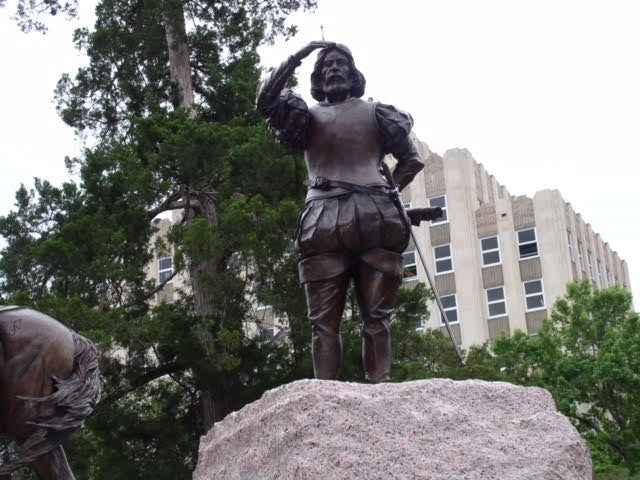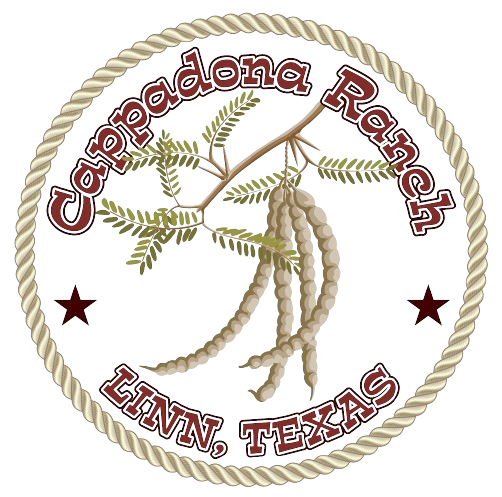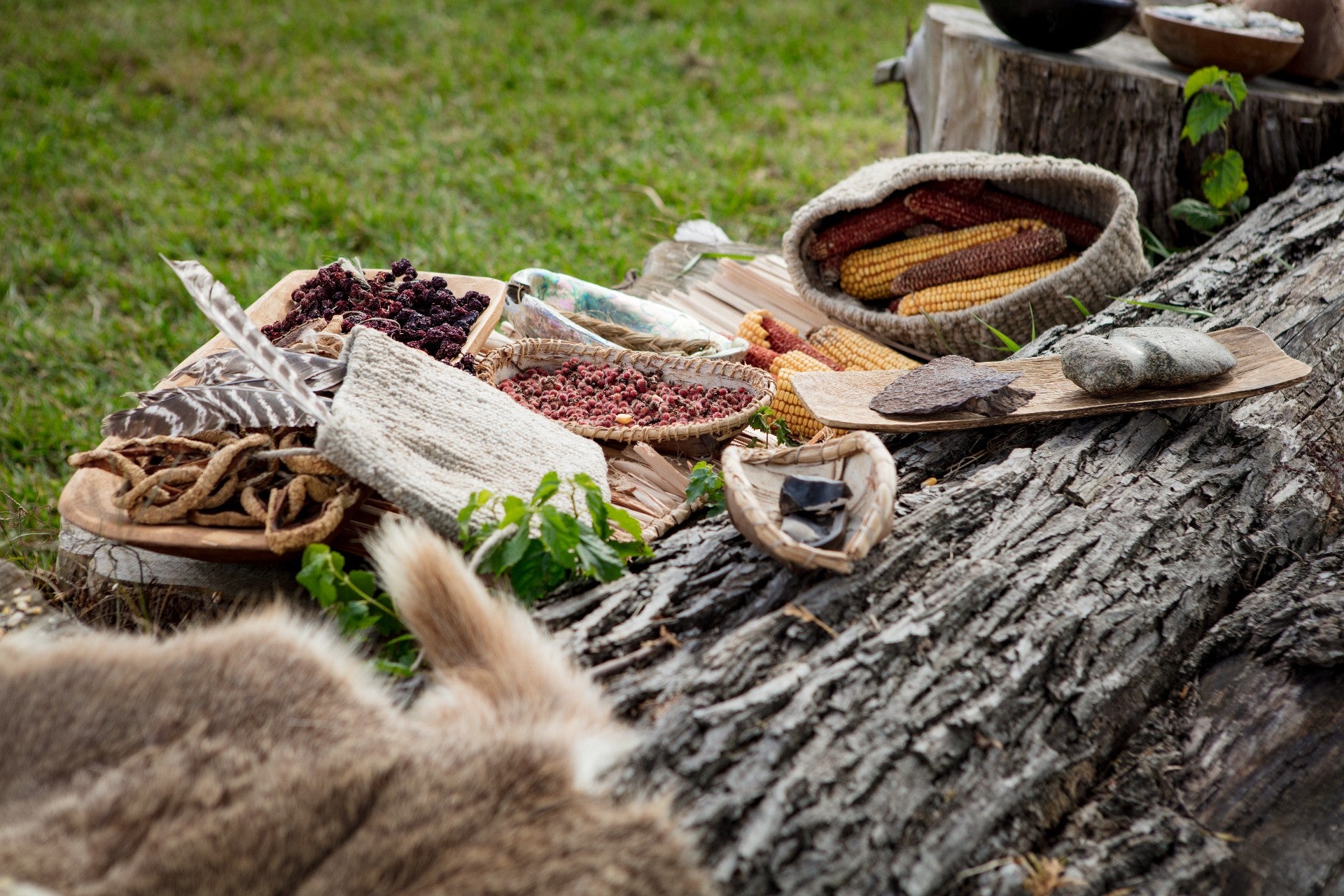
The Unsung History of Tejanos Comes to Life With the Tejano Monument
The Tejano Monument is a gorgeously designed tribute to the contributions of Tejanos and Tejanas who played influential roles in the founding of Texas. At 525 square feet, the beautiful granite and bronze sculpture is one of the largest to be found on the Capitol grounds.
 Sitting on the south lawn of the Texas State Capitol Building, the Tejano Monument features immaculately detailed figures including a Spanish explorer, a vaquero on his mustang, a family of Tejano settlers, young children with a goat and sheep, and a longhorn bull and cow. Representative of over 500 years of Texas history, the colossal memorial is surrounded by an additional five bronze plaques recounting the story of Tejanos.
Sitting on the south lawn of the Texas State Capitol Building, the Tejano Monument features immaculately detailed figures including a Spanish explorer, a vaquero on his mustang, a family of Tejano settlers, young children with a goat and sheep, and a longhorn bull and cow. Representative of over 500 years of Texas history, the colossal memorial is surrounded by an additional five bronze plaques recounting the story of Tejanos.
First envisioned by a group of proud Tejanos, including Dr. Cayetano Barrera - father of Cappadona Ranch’s own Victoria Cappadona - it would be a 12-year journey before the Tejano Monument would come to full fruition.
But the story truly began hundreds of years ago, when the region was still populated by Native Americans, Spanish authorities, Catholic missionaries, and the predecessors of those who would one day come to be known as Tejanos.
Becoming Tejanos
 Spanish conquistadors and explorers were the first Europeans to find their way into Texas. As early as 1519, Captain Alonso Alvarez de Pineda would sail the Gulf Coast and reach the Texas coastline, while adventurer Cabeza de Vaca would make his way across what is now known as the American Southwest and northern Mexico - an area including Texas - between 1527 and 1536.
Spanish conquistadors and explorers were the first Europeans to find their way into Texas. As early as 1519, Captain Alonso Alvarez de Pineda would sail the Gulf Coast and reach the Texas coastline, while adventurer Cabeza de Vaca would make his way across what is now known as the American Southwest and northern Mexico - an area including Texas - between 1527 and 1536.
For the next century, small expeditions were made into the region but no permanent settlements were created as they were believed to be too isolated from other major Spanish colonies in the New World. A hostile native population also suppressed growth at the time.
It wasn’t until 1685, when it was first reported that France had set up a colony between New Spain and Florida, that the Spanish crown sought to protect the wealthier southern region of Mexico by establishing buffer missions and presidios in the northern frontier. A few of the first Spanish settlements and missions to emerge were near El Paso in 1680, Nacogdoches in 1716, and San Antonio in 1718. In East Texas, the first Spanish mission was San Francisco de los Tejas, which was established in 1690, just east of the site of present day Augusta.
It was while attempting to discover the French settlement that Alonso de Leon would meet with representatives of the Caddo tribe in the late 1680s. It was from the Caddo people’s initial friendliness towards the Spanish explorers and missionaries that the first adaptation of the word Tejas emerged. Drawn from the Caddo word táyshaʼ, meaning "friend" or “ally”, the Spanish knew the westernmost Caddo people as the “great kingdom of Tejas” and would come to refer to the overall region as such.
Tejanos Emerging
The first Tejanos were said to have been families from the Canary Islands. These people - among other settlers - would come to build communities in the Nacogdoches region, the Bexar-Goliad region, and the land between the Nueces River and what is now known as the Rio Grande River. During the Spanish colonial period, these settlers shared language and certain cultural characteristics but remained primarily secluded from one another. Regardless of their isolation, their duty was to act as buffers and defenders of the northern frontier of New Spain.
Following the War of Mexican Independence, Texas was still sparsely populated, with less than 4,000 residents. In hopes of protecting the land, the bankrupt Mexican government eased restriction on immigration, and soon a wave of Americans and immigrants from Europe would arrive. During this time, the terms Coahuiltejano and Tejano would come to denote the people living in the Mexican state of Coahuila and Texas. The term was associated with Texans who were of Mexican descent and other Hispanic residents of the area, in contrast to Texian - or Anglo-American - residents of the region. However, new immigrants from Germany, Czechoslovakia, Ireland, Poland, Sweden, and other European nations who would come to be Hispanicized, would eventually come to be considered Tejanos as well. The Germans were especially recognized for their contributions to Tejano culture in the Edwards Plateau area.
It was these groups of both native Tejanos, and American and European immigrants who would eventually rebel against the centralist government of Mexico in 1835 as result of losing their autonomy. While internal conflict would eventually arise between the original Tejanos and newly arrived immigrants, for the time being, the settlers would join forces against the Mexican government, eventually winning their freedom in 1836 and forming the Republic of Texas.
The Unsung Tejano Hero
Texas history is undeniably intertwined with the accomplishments and sacrifices of the Tejanos who would fight - and die - for the state’s independence. Sadly, much of the Tejano influence on Texas culture, cuisine, music, religion, language, and history has been largely ignored.
Few know of figures such as Jose Antonio Navarro, a San Antonio native Tejano who would help to write the Texas Constitution and who signed the Texas Declaration of Independence. While historical characters such as Davy Crockett and Jim Bowie are often recognized as the epitome of Texas heroism, there is little mention of Tejanos such as Juan Abamillo, Juan A. Badillo, Carlos, Espalier, Gregoria Esparza, Antonio Fuentes, and Andres Nava; all patriots who also died at the Alamo.
For the longest time, there were no memorials of the countless Tejano farmers, ranchers, and cowboys who inhabited the land long before others would arrive. No recognition of the 1,000s of Tejanos who died fighting for Texas’ independence from Mexico.
It is because of this reason, that a group of dedicated Tejanos sought to preserve the legacy and bring to life a story that had been nearly forgotten to time.
 The notion of commemorating the history of Tejanos was first considered in 2000 by a group of Tejano historians, educators, and community leaders that included Dr. Cayetano Barrera, Dr. Andres Tijerina, and several other individuals eager to shine some light on these seldom mentioned peoples of Texas history.
The notion of commemorating the history of Tejanos was first considered in 2000 by a group of Tejano historians, educators, and community leaders that included Dr. Cayetano Barrera, Dr. Andres Tijerina, and several other individuals eager to shine some light on these seldom mentioned peoples of Texas history.
First reaching out to his nephew, Richard Sanchez, who was Chief of Staff for State Rep. Kino Flores of Mission, Dr. Barrera wanted to better understand why out of 31 statues and monuments on the Capitol grounds in Austin, not one featured Tejanos. It was a realization that shocked him but also encouraged him to double down on the efforts of the group. With the blessing of several state legislators, the Tejano Monument, Inc. was formed along with a five-member board of directors, helmed by Dr. Barrera as president.
The group would include influential figures and experts including Richard Sanchez of McAllen, who was key to understanding the legislative aspects of the project; Dr. Andres Tijerina, who’s abundant knowledge of Tejano history was essential for the undertaking; Homero Vera, a great historian; Renato Ramirez, who led the funding processes and helped the group obtain financial backing for the memorial; and Jaime Beanman, who acted as chief architect of the statue.
Working closely with Texas legislators and their staff members, state art and history commissions, along with the support of innumerable Texas citizens, the group worked diligently to bring this much-needed monument to reality. In 2001, State Rep. Kino Flores sponsored the bill that would be approved by the 77th Texas State Legislature and signed by then Governor Rick Perry, which paved the way for the official recognition for the need of the monument.
 Even in the face of continued obstacles, such as a state law prohibiting placement of the monument on the south lawn, the driven leaders of the Tejano Monument, Inc. were able to get backing for a bill that would allow them to do just that. In 2009, the 81st Texas State Legislature passed HB 4114 which authorized placement of the Tejano Monument on the “historical south grounds of the Capitol”.
Even in the face of continued obstacles, such as a state law prohibiting placement of the monument on the south lawn, the driven leaders of the Tejano Monument, Inc. were able to get backing for a bill that would allow them to do just that. In 2009, the 81st Texas State Legislature passed HB 4114 which authorized placement of the Tejano Monument on the “historical south grounds of the Capitol”.
Of course, it was highly regarded sculptor, painter, and educator Armando Hinojosa, who would truly bring this vision to life. Inspired by his own Spanish-Mexican heritage, Hinojosa spent years perfecting the project before constructing an exquisite piece of art that captured not only the history of Tejanos but gave hope to future generations.
More than 1 million Capitol visitors are expected to see the monument each year.
It may have taken more than 500 years for the legacy, truth, and significance of Tejanos to finally emerge from the past. But now that the voice has been heard, it is up to all Texans to make sure that it never goes silent again.


